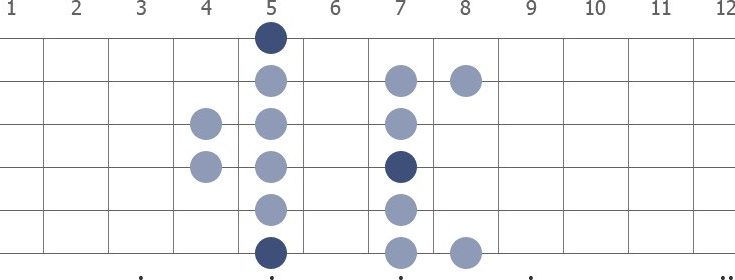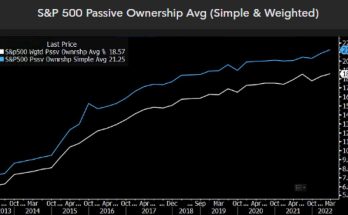The Dorian scale, a fundamental concept in music theory, adds a touch of mystery and allure to melodies. What is the Dorian scale, you ask? Well, it is a seven-note scale that distinguishes itself with a unique mix of intervals creating a distinctive sound. Originating from ancient Greek music, this scale is commonly used in jazz, rock, and folk music genres. Dive deeper into the enchanting world of the Dorian scale to unlock its full musical potential and add a rich layer of complexity to your compositions.
Exploring the Dorian Scale: A Musical Journey
Welcome, young music enthusiasts, to a fascinating exploration of the Dorian scale! Have you ever wondered what makes a piece of music sound unique? Or how musicians create different moods through their melodies? Well, the Dorian scale is one of the secrets behind the captivating tunes you hear in your favorite songs. Let’s embark on a musical journey to uncover the magic of the Dorian scale.
What is a Musical Scale?
First things first – let’s talk about what a musical scale is. A scale is like a set of notes that create the building blocks for music. Just like how you arrange building blocks to construct different shapes, musicians use scales to create melodies and harmonies in music.
There are many types of musical scales, each with its own unique sound and character. The Dorian scale is one of these scales, and it brings a special flavor to the music it is used in.
Introducing the Dorian Scale
Now, let’s dive into the world of the Dorian scale. The Dorian scale is a type of musical scale that has a mysterious and enchanting sound. It is often described as sounding jazzy, soulful, or medieval. Musicians use the Dorian scale to add depth and emotion to their compositions.
The Dorian scale is a type of minor scale, but it has a special twist that sets it apart from other minor scales. Unlike the natural minor scale, which has a somber and melancholic feel, the Dorian scale has a more uplifting and positive vibe.
Structure of the Dorian Scale
So, what makes the Dorian scale unique? The key characteristic of the Dorian scale is its specific pattern of whole and half steps. In simple terms, a whole step is like skipping one key on a piano, while a half step is like moving to the very next key.
The Dorian scale follows a pattern of whole and half steps that gives it its distinctive sound. For example, in the key of D, the Dorian scale would be: D-E-F-G-A-B-C-D. Notice how the intervals between the notes create a sense of tension and release, adding depth to the melody.
How Musicians Use the Dorian Scale
Now that we understand the structure of the Dorian scale, let’s explore how musicians use it in their music. The Dorian scale is commonly found in various genres, including jazz, blues, rock, and folk music. It is often used to create a sense of groove and improvisation.
One famous example of a song that uses the Dorian scale is the classic rock hit “Scarborough Fair” by Simon & Garfunkel. The haunting melody of the song is based on the Dorian scale, giving it a timeless and evocative quality.
Creating Moods with the Dorian Scale
One of the magical aspects of the Dorian scale is its ability to evoke different moods and emotions. Musicians can use the Dorian scale to create a sense of longing, nostalgia, or even joy in their music. The unique intervals of the scale allow for rich harmonies and expressive melodies.
For example, when a musician plays a melody in the Dorian scale, it might sound dreamy and wistful, like a gentle breeze on a summer day. The subtle variations in the notes create a sense of movement and texture that captivates the listener’s ear.
Conclusion: Unlocking the Beauty of the Dorian Scale
As we come to the end of our musical journey, I hope you have gained a deeper appreciation for the enchanting world of the Dorian scale. This mysterious and evocative scale has been a key ingredient in countless musical masterpieces, adding color and depth to compositions across genres.
Next time you listen to your favorite song, see if you can spot the magical sound of the Dorian scale weaving its spell. Remember, music is a language that speaks to the heart, and the Dorian scale is one of its most eloquent dialects. So, keep exploring, keep listening, and keep falling in love with the captivating world of music!
Thank you for joining me on this musical adventure. Until next time, stay curious and keep the music playing!
DORIAN SCALE – The 2nd mode of Major [MUSIC THEORY]
Frequently Asked Questions
What is the Dorian scale?
The Dorian scale is a musical scale that is widely used in jazz, rock, and folk music. It is a type of minor scale that has a unique sound characterized by its raised sixth scale degree compared to a natural minor scale.
How is the Dorian scale constructed?
The Dorian scale is constructed by starting on the second degree of a major scale. For example, in the key of C major, the Dorian scale would start on the note D and include the notes D, E, F, G, A, B, and C.
What are the characteristics of the Dorian scale?
The Dorian scale has a minor quality due to the lowered third scale degree compared to a major scale. Its distinctive feature is the raised sixth scale degree, which gives it a slightly brighter and more uplifting sound compared to a natural minor scale.
How is the Dorian scale different from other minor scales?
Unlike the natural minor scale, which has a lowered sixth and seventh scale degree, the Dorian scale has only the raised sixth scale degree. This unique interval gives the Dorian scale its specific flavor and distinguishes it from other minor scales.
Final Thoughts
The Dorian scale is a musical scale with a unique sound that is often used in jazz, rock, and other genres. It is similar to a natural minor scale but with a raised sixth degree, giving it a distinct flavor. Musicians often use Dorian mode to add depth and color to their compositions. Understanding what the Dorian scale is can help musicians create interesting and captivating music.




